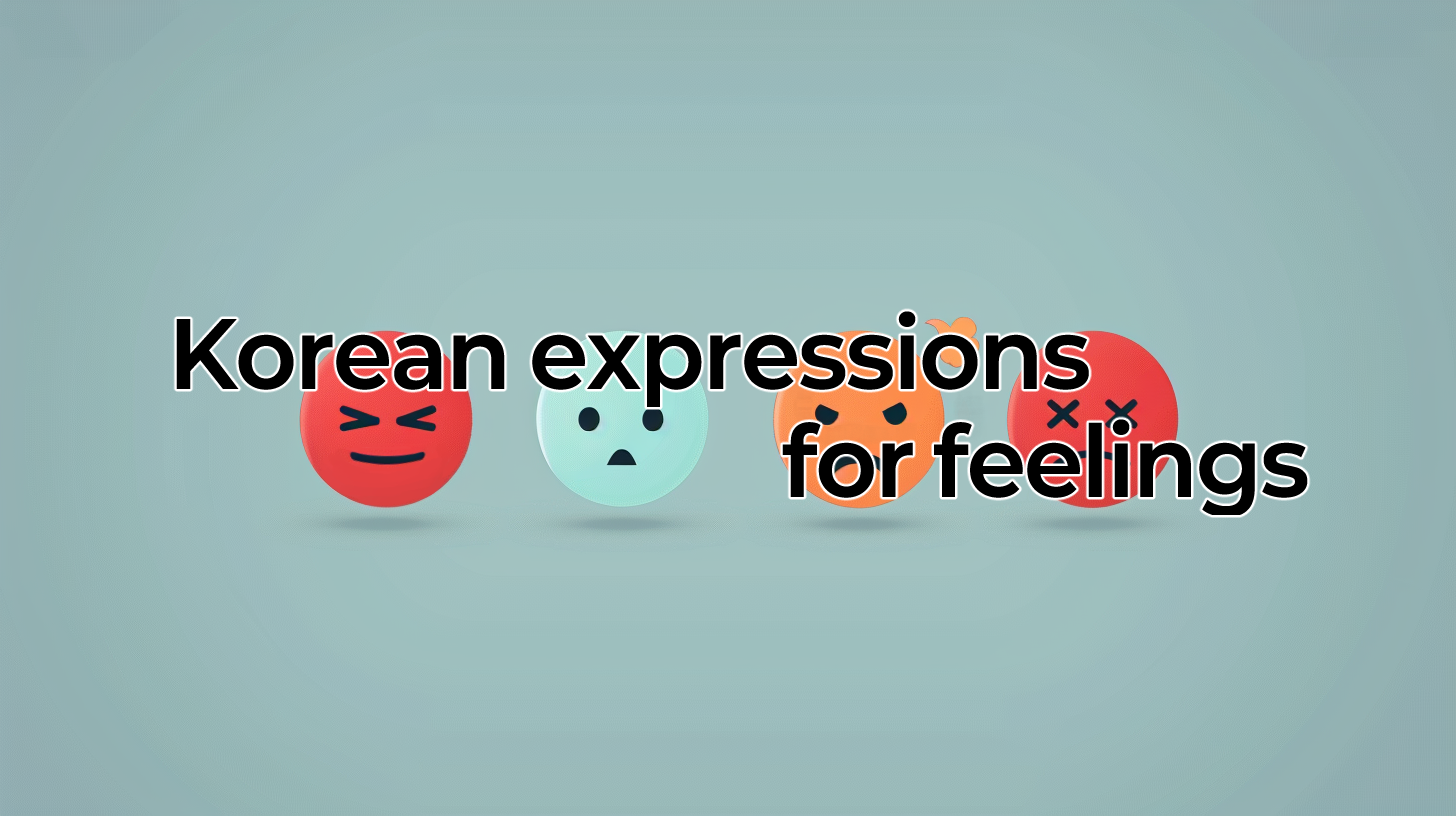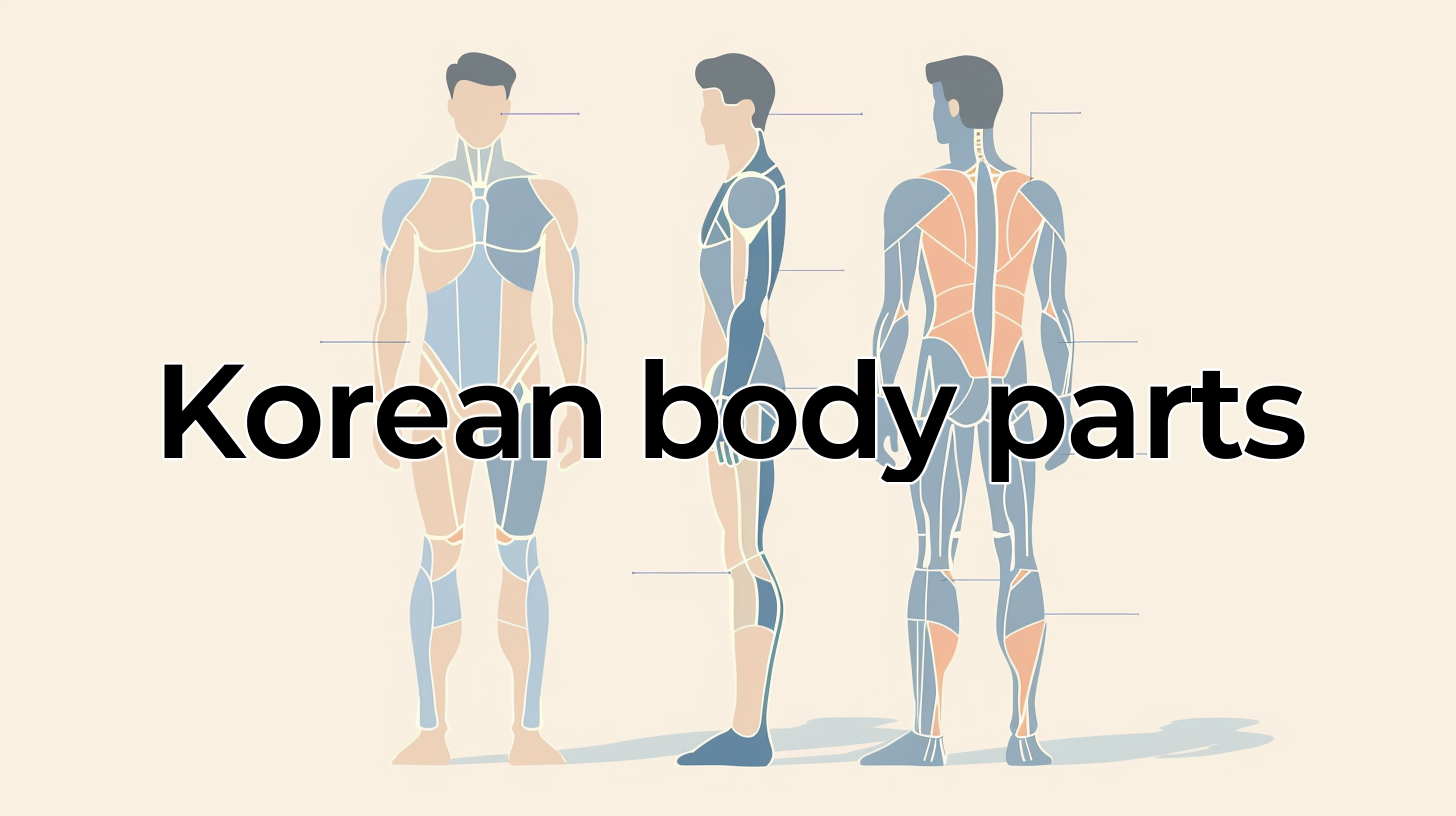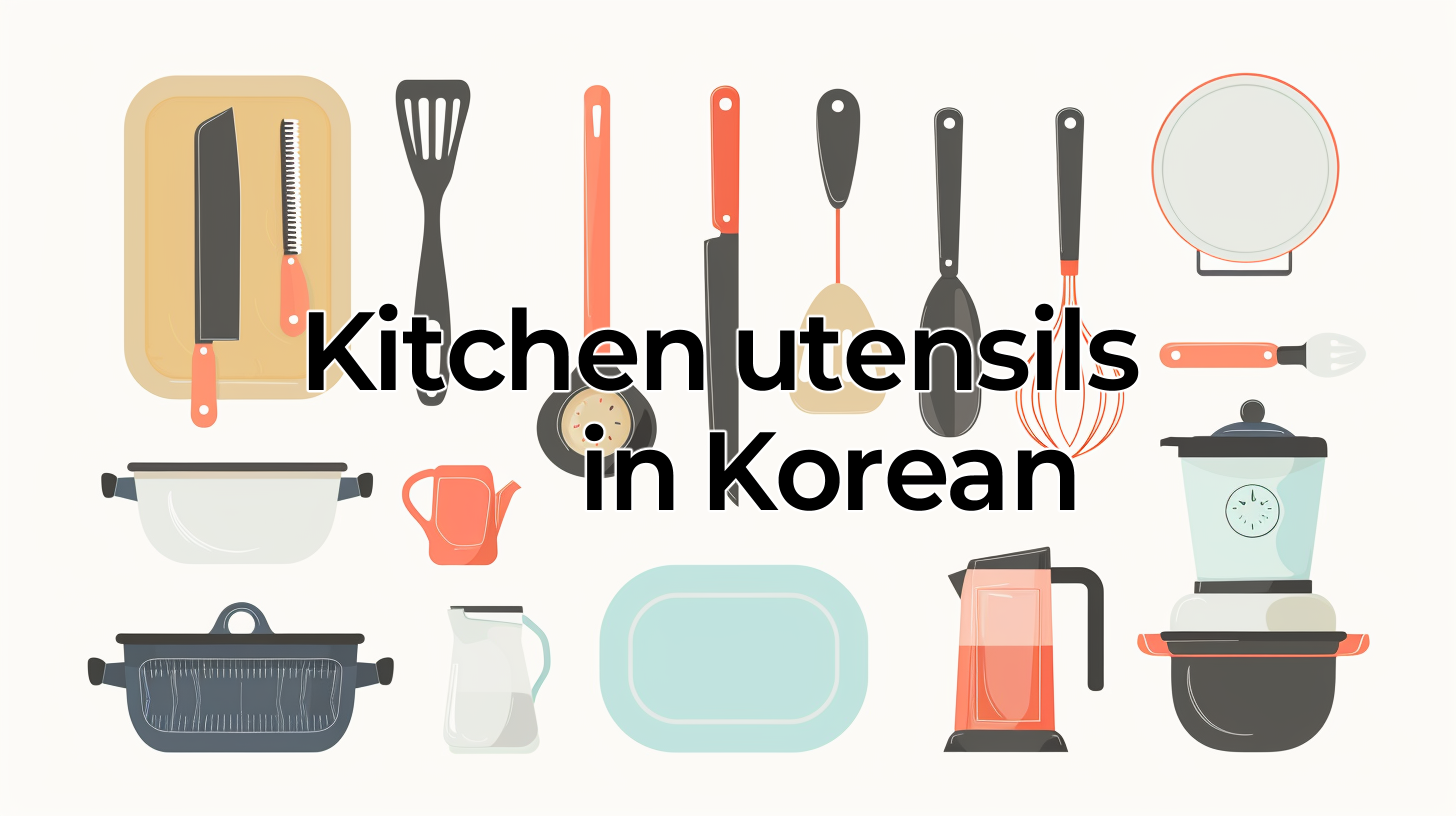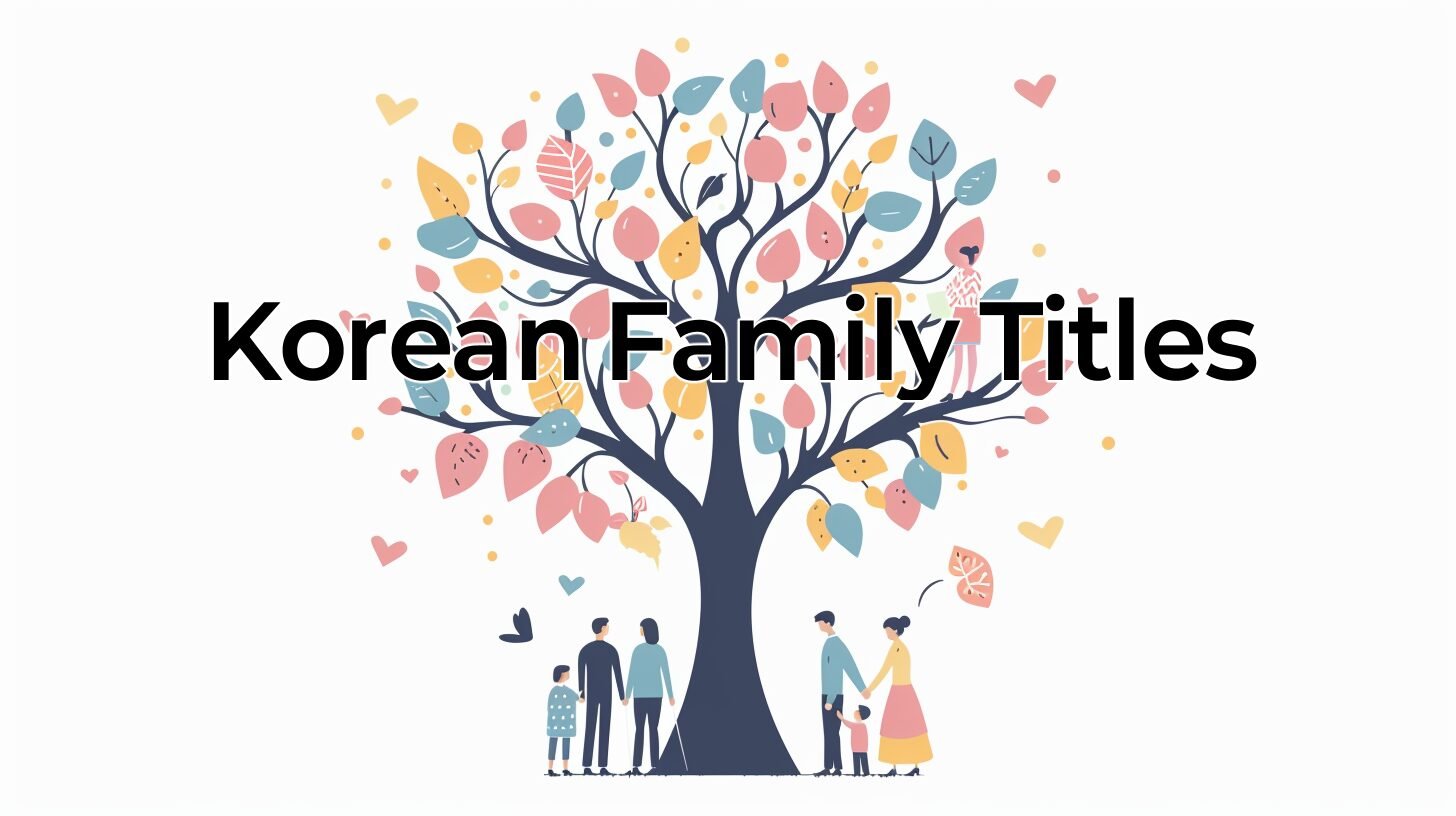
-
Korean 사잇소리 현상 and 사이시옷
Introduction In Korean compound nouns, the sound at the boundary often changes. This is called 사잇소리 현상. The important point…
-
Everyday Household Necessities in Korean
When studying Korean, it is very helpful to know the words for everyday necessities—items you actually buy, use up, and…
-
Korean Holidays and Festivals
Korea has many holidays that reflect both traditional culture and modern history. Some follow the lunar calendar and have been…
-
Korean punctuation and symbols
Traditional Korean writing—both Classical Chinese used in Korea and early Hangul texts—did not use modern spacing or punctuation. Instead, sentences…
-
Honorifics in Korean (존댓말 vs 반말, 압존법)
Korean politeness isn’t only about –요 / –습니다 or age. It’s a layered system that combines: A. Three ways Koreans…
-
경조사 in Korean Culture: Celebrations and Condolences
The Korean word 경조사(慶弔事) refers to major life events that people experience — both joyful and sorrowful. In Korean society,…
-
Yes and No in Korean: How to Affirm and Negate Naturally
Learning how to say yes and no in Korean is essential because it goes beyond just saying “네” or “아니요.”…
-
Korean Spacing Rules (띄어쓰기)
1. Introduction Spacing in Korean is essential for correct meaning and readability. Unlike English, where spacing is consistent, Korean rules…
-

Basic Korean Sentence Structure
Korean usually follows a Subject–Object–Verb (SOV) order (English is SVO). The predicate (verb/adjective) normally comes at the end. Because Korean…
-

Korean Expressions About Work
Introduction Work and career are a big part of daily life, and Korean has a wide range of words and…
-

Korean Expressions for Feelings
Introduction Emotions are an essential part of communication, and Korean provides a rich vocabulary to describe them. From joy and…
-

Korean Words for Body Parts
1. Head & Face (머리와 얼굴) Head (머리) Face (얼굴) Eyes (눈) Nose (코) Mouth & Lips (입과 입술) Ear…
-

Guide to Korean Expressions for Taste, Smell, and Texture
Introduction Korean has a remarkably rich set of words to describe flavor, aroma, and texture. These expressions go far beyond…
-

Korean Cooking Utensils – Complete Guide
Learning the names of cooking utensils in Korean is very useful if you want to follow Korean recipes or work…
-

Korean Vocabulary: Electronic Devices
In Korean, 전자 제품 (jeonja jepum) means “electronic devices or appliances.”Here is a complete list of common electronic devices categorized…
-

Korean Furniture Vocabulary: Essential Guide
When learning Korean, furniture words are super practical—you’ll use them when describing your home, shopping, or giving directions. This guide…
-

How to Talk About Days in Korean
1. Basic Day Expressions ✅ Example: 2. Native Korean Counters (including “몇”) 👉 Note: 이레, 여드레, 아흐레 are rarely used…
-

50 Common Korean Job Titles
Learning job titles in Korean is very useful for daily conversations. Here are 50 common job titles in Korean, grouped…
-

Korean Place and Store Names
In Korean, the names of places and stores often follow patterns, but some are basic institutions that everyone should know…
-

Korean Family Titles Explained
I will explain Korean family titles divided into four levels: basic everyday terms, in-law terms, extended relatives, and rare complicated…
